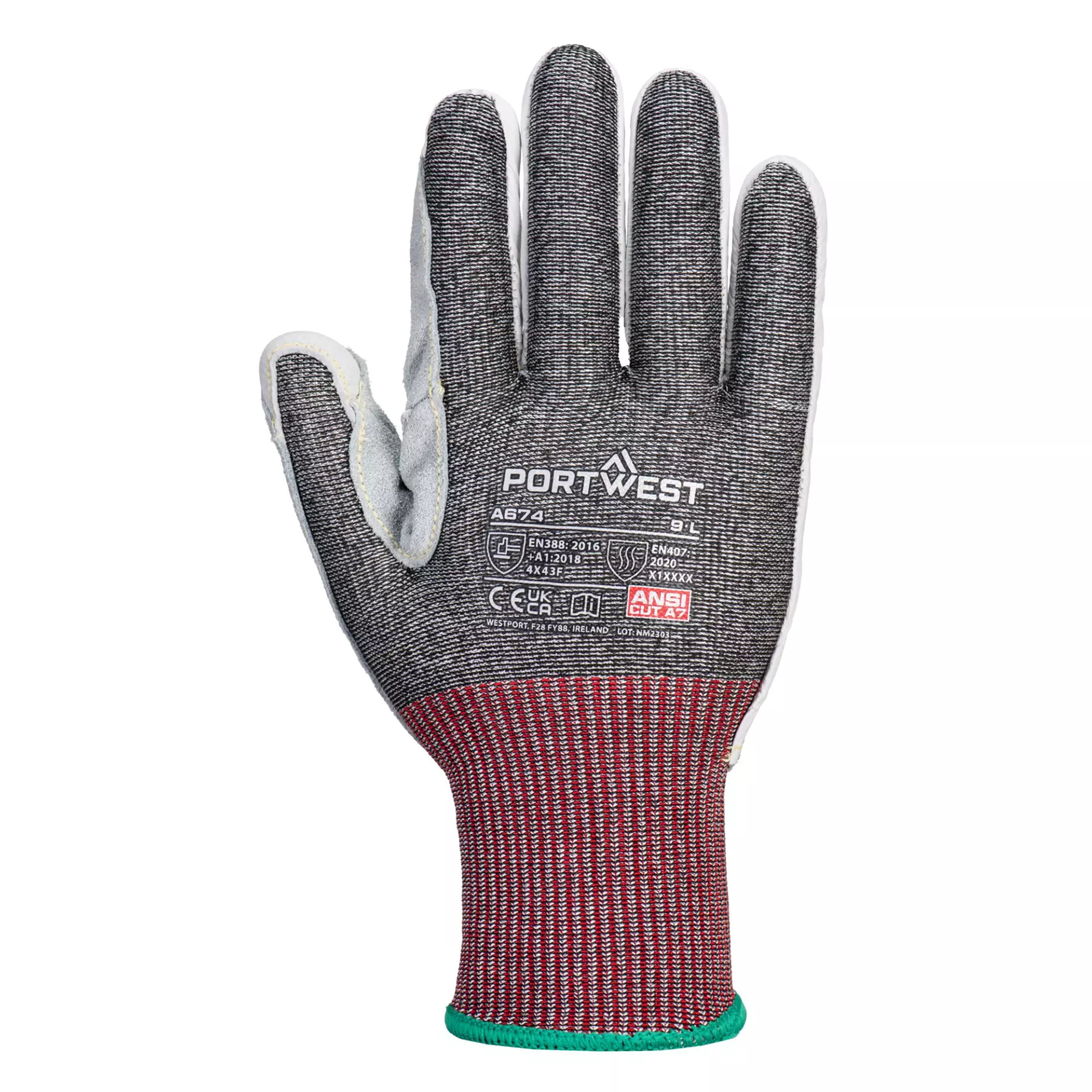
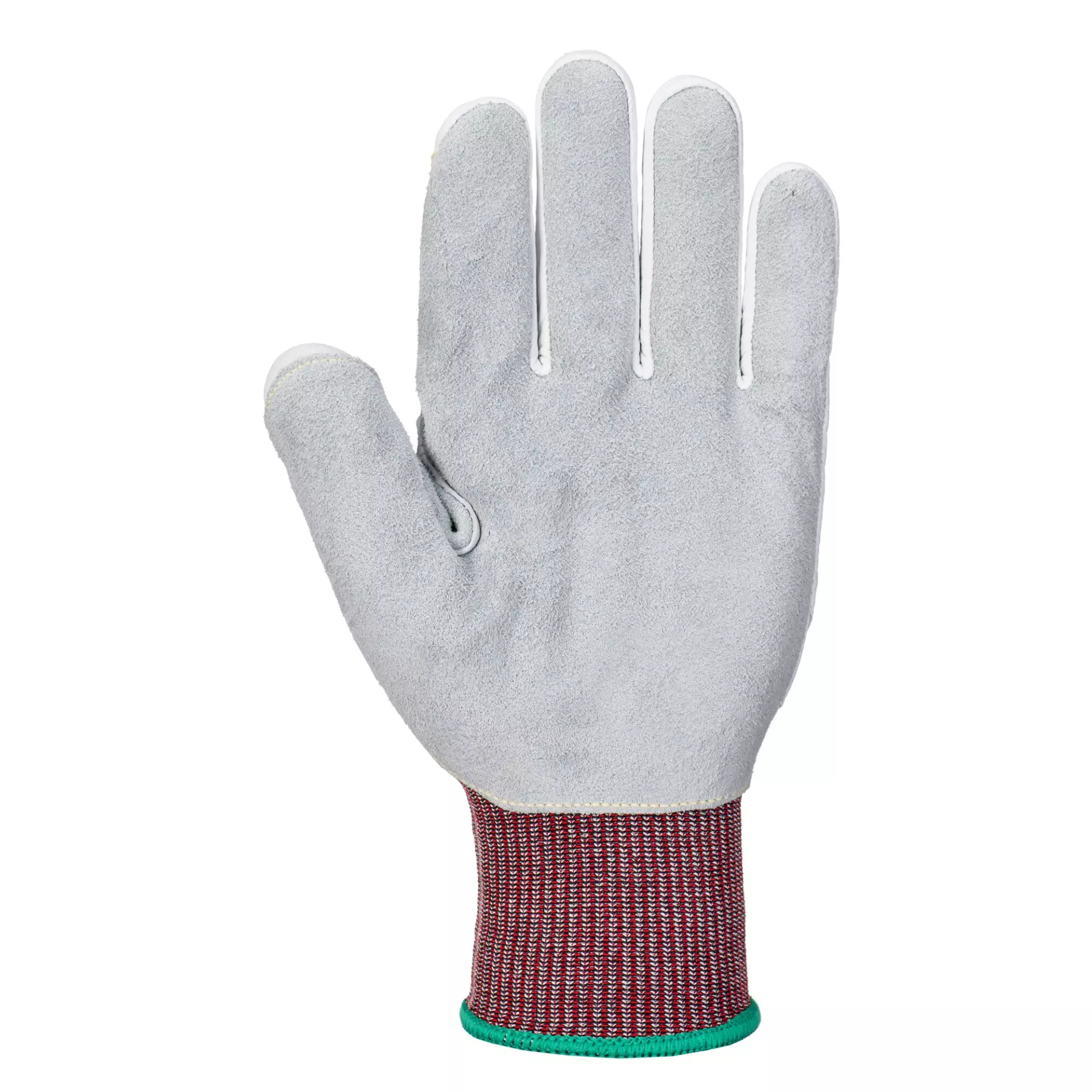
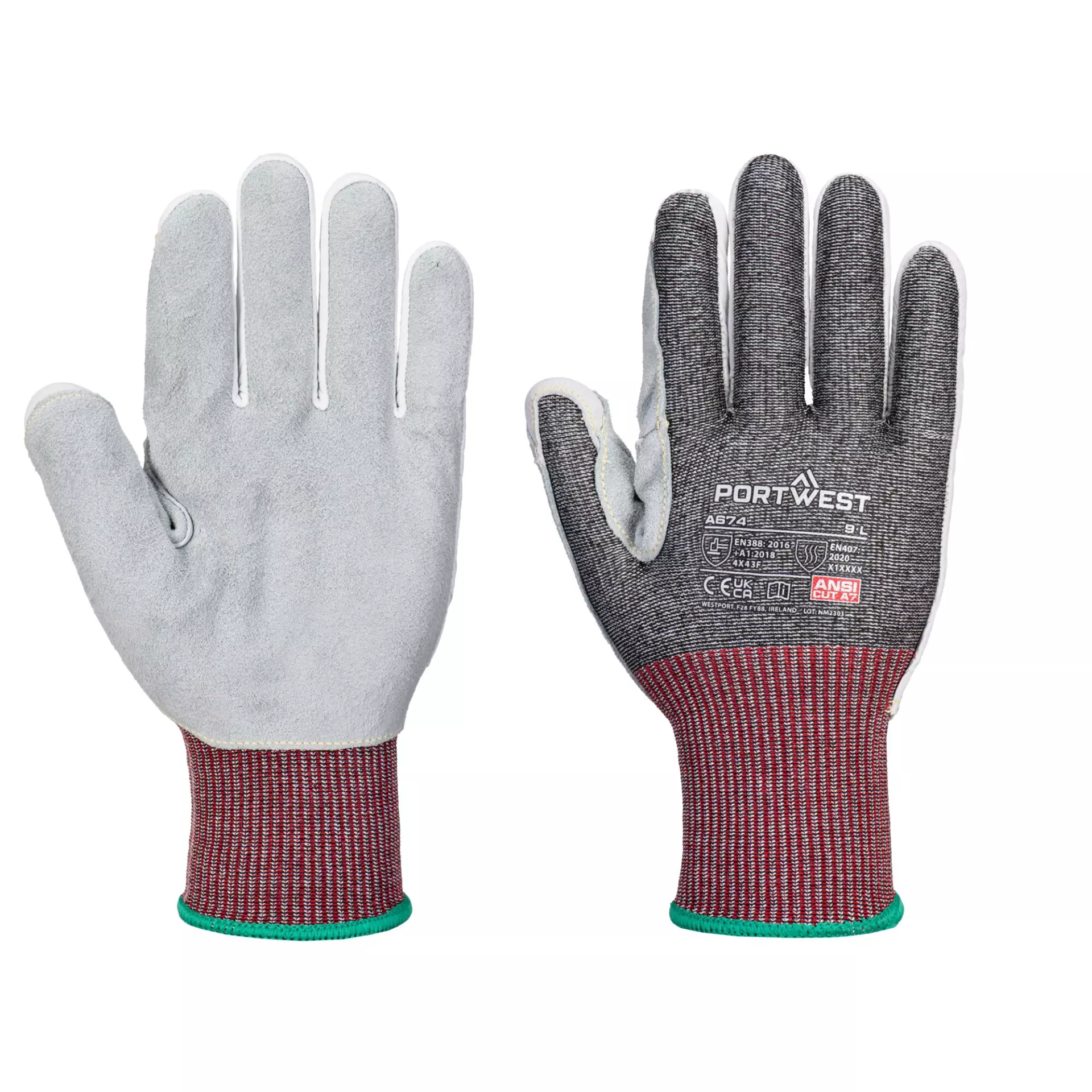
Features You'll Love
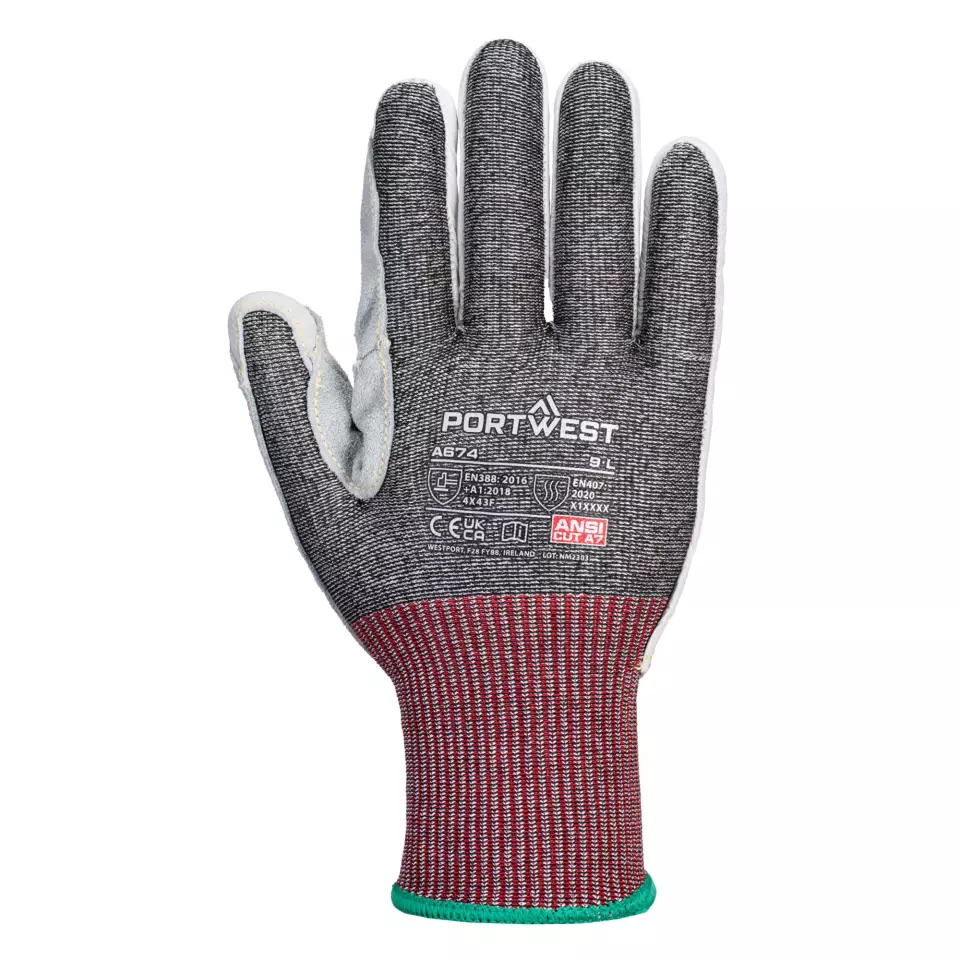
Cuff Style · Knit
Determines how the glove secures around the wrist, affecting fit, comfort, and protection coverage at the wrist area.
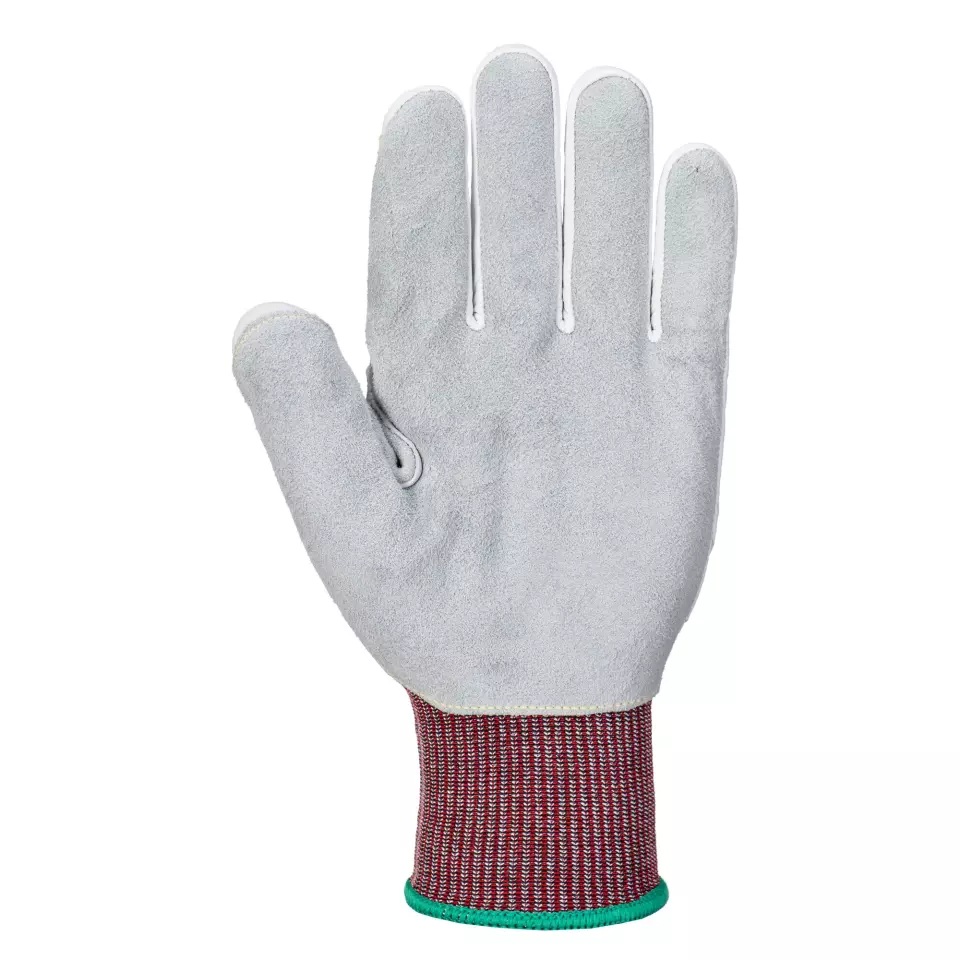
Support · Reinforced Palm
Identifies areas of the glove with additional reinforcement for enhanced protection and durability in high-wear zones.

EN 388 · Tear Resistance Level 4, Cut Resistance, ISO 13997 Level F, Abrasion Resistance Level 4
Offers the highest level of protection against tearing, withstanding a strong force before ripping.
Provides the highest certified protection against cuts from straight blades under extreme force.
Offers the highest level of protection against intense rubbing and wear from rough materials.
Portwest
CS Cut F13 Leather Glove, Black, 12 pairs
CS Cut F13 Leather Glove, Black, 12 pairs
5 / 5
168,77 €
Price per 12 pairs
14,06 € / pair
Choose size
Free delivery
Features You'll Love

Cuff Style · Knit
Determines how the glove secures around the wrist, affecting fit, comfort, and protection coverage at the wrist area.

Support · Reinforced Palm
Identifies areas of the glove with additional reinforcement for enhanced protection and durability in high-wear zones.

EN 388 · Tear Resistance Level 4, Cut Resistance, ISO 13997 Level F, Abrasion Resistance Level 4
Offers the highest level of protection against tearing, withstanding a strong force before ripping.
Provides the highest certified protection against cuts from straight blades under extreme force.
Offers the highest level of protection against intense rubbing and wear from rough materials.
Product description
Professional cut-resistant gloves offering Level F cut protection with leather palm construction for enhanced durability and heat resistance. The 13-gauge liner provides precise fitting while the leather palm enables safe handling of glass and hot items up to 100°C for short periods. Additional reinforced protection on palm and forefinger areas, combined with a reflective label for improved visibility, makes these gloves suitable for demanding industrial applications requiring superior abrasion resistance.
Product Features:
- Level F cut resistance for maximum protection
- Leather palm for improved durability and grip
- Additional reinforced protection on palm and forefinger areas
- Reflective label for enhanced visibility in low light conditions
- 13-gauge liner for precise fitting and comfort
Technical Details:
- Protection against contact heat up to 100°C
- Dexterity rating: 4
- CE certified and UKCA marked
Recommended Applications:
- Glass handling operations
- Working with hot items up to 100°C for short periods
- Tasks requiring reinforced abrasion resistance
Standards:
- EN ISO 21420: 2020 Dexterity 4
- EN 388: 2016 + A1: 2018 (4X44F)
- EN 407: 2020 (X1XXXX)
- ANSI/ISEA 105: 2016 CUT Level (A7)
- ANSI/ISEA 105: 2016 ABRASION Level (6)
- ANSI/ISEA 105: 2016 PUNCTURE Level (4)